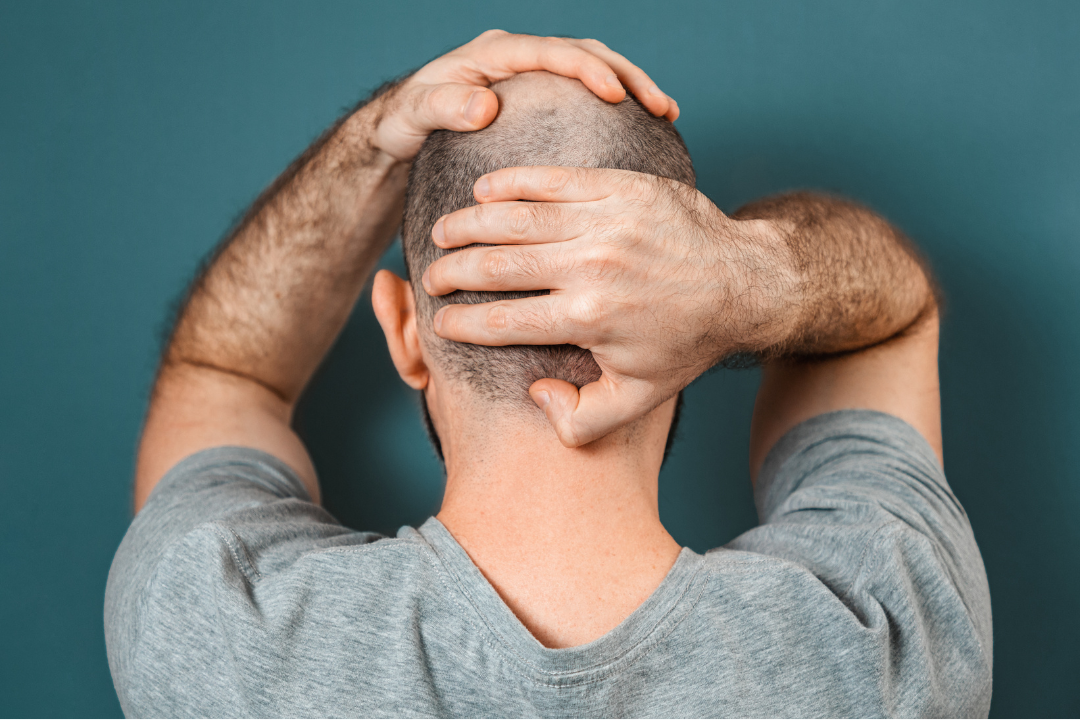Alopecia areata is an autoimmune condition characterized by unpredictable hair loss. It’s believed to have genetic roots, often seen in families. This prevalent condition affects millions globally, with hair loss varying from small patches to complete baldness.
What is Alopecia Areata?
This autoimmune condition often leads to unpredictable hair loss. It’s estimated that 6.8 million individuals in the U.S. and 147 million globally are affected. Typically, hair loss appears in small patches, but it can escalate to larger areas of the scalp. Complete scalp hair loss is termed as alopecia totalis, while loss across the entire body is known as alopecia universalis. It can strike anyone, irrespective of age, gender, or ethnicity, but it’s most common before 30 years of age.
Treatment Options
While there’s no definitive cure for alopecia areata, several treatments can promote faster hair regrowth. Corticosteroids, potent anti-inflammatory medications, are the primary treatment, administered as injections, ointments, or orally. Other potential treatments include Minoxidil, Anthralin, SADBE, and DPCP. However, they might not prevent new bald patches. Photochemotherapy is another option for those seeking non-invasive treatments.
For those affected, protecting the skin and eyes becomes crucial. Recommendations include using sunscreen, wearing protective eyewear, and using hats or scarves. To maintain nasal moisture, ointments can be beneficial.
While not a health threat or contagious, alopecia areata can be emotionally challenging. Support groups and counselling can help individuals cope.
Research indicates a potential link between alopecia areata and vitiligo, another autoimmune skin condition. Some treatments for alopecia areata, like diphencyprone (DCP), have occasionally triggered vitiligo. There’s also emerging research on quercetin, a bioflavonoid, as a potential treatment, but more studies are needed.

Causes
Alopecia areata arises when white blood cells target hair follicles, reducing hair production. The exact trigger remains unknown. Genetics play a role, with those having a family history being more susceptible. Some studies also link it to other autoimmune conditions, like thyroiditis and vitiligo. While stress was once considered a potential cause, recent research leans towards genetics.
Racial and Ethnic Differences
Historically, alopecia areata was believed to affect all races equally. However, newer studies indicate variations. For instance, African-American and Hispanic women might be more susceptible than their white counterparts. Conversely, Asian individuals might have a lower risk. More comprehensive studies are needed to understand these patterns better.
Home Remedies
While conventional treatments are limited, some advocate for natural remedies like onion juice, green tea, or essential oils. However, their effectiveness isn’t scientifically proven. Some also explore acupuncture and aromatherapy, but evidence supporting these is scant.
Symptoms
The primary sign is patchy hair loss, usually coin-sized. While the scalp is the most common site, any hair-growing area, including eyelashes and beard, can be affected. Some might experience itching or burning before hair loss. Fortunately, in many cases, hair regrows without treatment. However, for some, the condition can be recurrent or extensive.
Nail changes, such as dents, discolouration, or roughness, can also occur.
Diagnosis
Typically, a clinical examination suffices for a diagnosis. In uncertain cases, a skin biopsy or blood test might be conducted. Given the distinct symptoms, diagnosing alopecia areata is generally straightforward. If you or someone you know is exhibiting symptoms of alopecia areata, it’s crucial to consult with a dermatologist for an accurate diagnosis and appropriate treatment options. Early intervention can make a significant difference in managing the condition.




1 Comment
[…] Disorders: Conditions like alopecia areata cause the immune system to target hair follicles, leading to hair […]